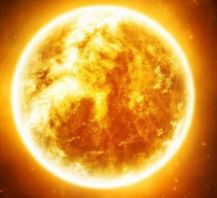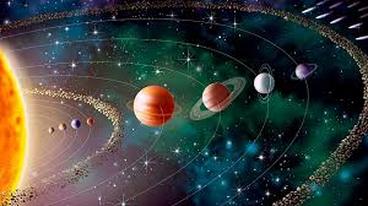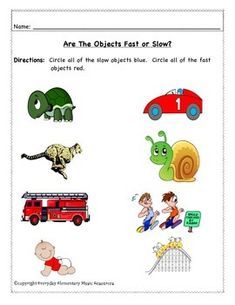THE UNIVERSE
CELESTIAL BODIES
The objects we see in the sky are called CELESTIAL BODIES.
CELESTIAL BODIES can be: LUMINOUS AND NON-LUMINOUS
LUMINOUS BODIES: they give off their own light and heat. They are the STARS (like the Sun). The first photo is the Sun.
NON-LUMINOUS BODIES: they orbit around the sun. They are the PLANETS.The second picture is the Solar System.
The objects we see in the sky are called CELESTIAL BODIES.
CELESTIAL BODIES can be: LUMINOUS AND NON-LUMINOUS
LUMINOUS BODIES: they give off their own light and heat. They are the STARS (like the Sun). The first photo is the Sun.
NON-LUMINOUS BODIES: they orbit around the sun. They are the PLANETS.The second picture is the Solar System.
THE SOLAR SYSTEM
The Solar System is formed by one star (THE SUN) and eight planets which orbit around the Sun (can you remember the name of all of them?).
Here you have a very interesting video that will explain to you all this system.
Enjoy it!
The Solar System is formed by one star (THE SUN) and eight planets which orbit around the Sun (can you remember the name of all of them?).
Here you have a very interesting video that will explain to you all this system.
Enjoy it!
THE EARTH AND ITS MOVEMENTS
The Earth has got two movements:
EARTH´S ROTATION: Earth spins on its axis (an imaginary line that runs from the North Pole to the South Pole). It takes our planet 1 day (24 hours) to completely spin around its axis. Thanks to this movement we have the DAY and the NIGHT.
EART´S REVOLUTION: Earth orbits around the Sun. It takes our planet a year (365 days) to orbit all the way around the Sun. Thanks to this movement we have the SEASONS (autumn, winter, spring and summer).
The Earth has got two movements:
EARTH´S ROTATION: Earth spins on its axis (an imaginary line that runs from the North Pole to the South Pole). It takes our planet 1 day (24 hours) to completely spin around its axis. Thanks to this movement we have the DAY and the NIGHT.
EART´S REVOLUTION: Earth orbits around the Sun. It takes our planet a year (365 days) to orbit all the way around the Sun. Thanks to this movement we have the SEASONS (autumn, winter, spring and summer).
THE MOON
The Moon is Earth´s satellite (a non-luminous celestial body which orbits around a planet) and it takes the Moon 28 days to orbit around Earth.
As I have said before, the Moon is a non-luminous body. It only looks bright because the Sun is shining on it.
Depending on the Moon´s position in relation to Earth and the Sun, we have the
PHASES OF THE MOON:
FULL MOON is when the Sun lights up all of the Moon.
WANING MOON is when the Sun only lights up the left side of the Moon.
NEW MOON is when the Sun doesn´t light up any part of the Moon.
WAXING MOON is when the Sun only lights up the right side of the Moon.
The Moon is Earth´s satellite (a non-luminous celestial body which orbits around a planet) and it takes the Moon 28 days to orbit around Earth.
As I have said before, the Moon is a non-luminous body. It only looks bright because the Sun is shining on it.
Depending on the Moon´s position in relation to Earth and the Sun, we have the
PHASES OF THE MOON:
FULL MOON is when the Sun lights up all of the Moon.
WANING MOON is when the Sun only lights up the left side of the Moon.
NEW MOON is when the Sun doesn´t light up any part of the Moon.
WAXING MOON is when the Sun only lights up the right side of the Moon.



